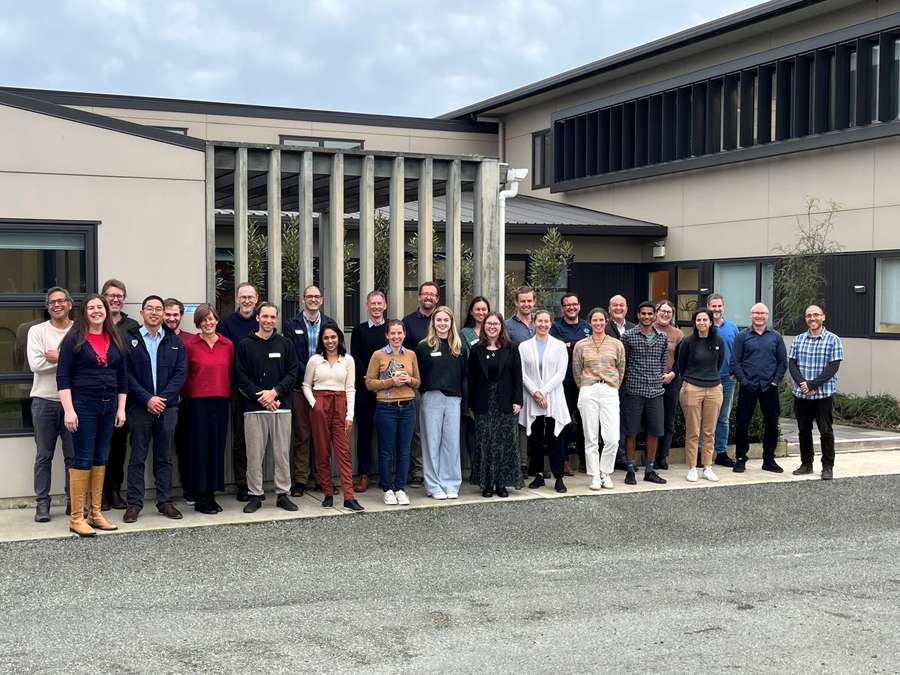IFS attend lamprey workshop in Nelson, New Zealand

Inland Fisheries Service (IFS) Senior Fisheries Manager Jonah Yick was recently invited to attend and present at the Cawthron Institute’s Emerging Aquatic Diseases Programme Science Update, and an associated workshop on lamprey reddening syndrome in Nelson, New Zealand. He was also given tours of the Cawthron Aquaculture Park – including the FinFish Research Centre in Glenduan, National Algae Research Centre, and the Te Wero Aro-anamata Aquatic Biocontainment Facility in Stoke.
The IFS and the Cawthron Institute are working together to understand the diseases of the pouched lamprey. In New Zealand, lamprey (kanakana is the Māori name used in southland) are susceptible to “lamprey reddening syndrome” which typically causes skin abnormalities around the gills, bodies and fins and has been associated with disease and death of lamprey returning to freshwater to spawn.
Lamprey are an important customary fishery for Māori and are considered a taonga (treasured) species, however, lamprey populations in New Zealand have diminished, and the species is listed Threatened – Nationally Vulnerable. Outbreaks of lamprey reddening syndrome have occurred in New Zealand since 2011. The extent of the disease in Australia is currently unknown. In Tasmania, observation and annual counts of lamprey in the River Derwent by the IFS indicates a robust and healthy population.
The Tasmanian lamprey population provides a unique opportunity to better understand lamprey diseases and comparison with the NZ population can help identify differences between presumably healthy and diseased populations. Representative samples of presumably healthy lamprey have been collected from the Meadowbank lamprey/elver trap over the past few years.
During the workshop, Jonah presented information and current work undertaken on lamprey in Tasmania, while Kate Hutson (Program leader) and her team at the Cawthron Institute presented the results of the lamprey they processed from the Meadowbank trap.
The team are looking to short-list potentially infectious bacteria and/or viruses that could cause lamprey reddening disease under stress. Bacteria and viruses are part of the natural environment, it is usually only under certain conditions (e.g. water temperature fluctuations, water pollution, spawning stress) where some bacteria and viruses cause disease. Identifying potentially infectious agents can help develop preventative measures to reduce disease in wild populations and help manage health in captive populations – in New Zealand Hokonui Rūnanga (local council of Ngai Tahu) are exploring a breeding programme for the species.
Numerous parasites were also found on Tasmanian lamprey which included leeches, cestodes, nematodes, and trematodes, most of which are new host records and have not been seen before. Further monitoring of the lamprey caught in Tasmania will indicate whether they may be vulnerable to reddening syndrome if conditions change.
The IFS would like to thank the Cawthron Institute for the invitation, and for funding all travel related expenses for the trip.